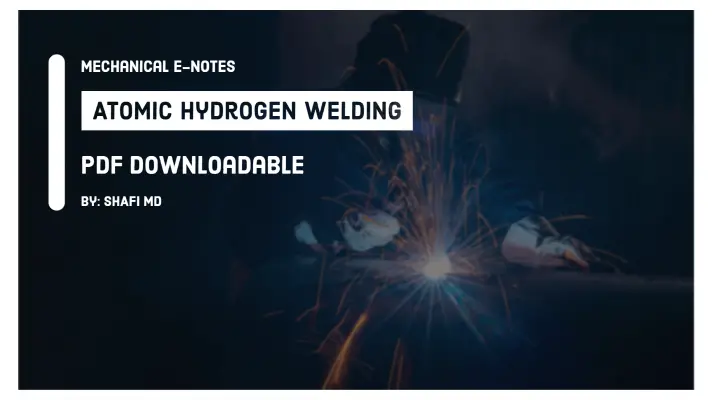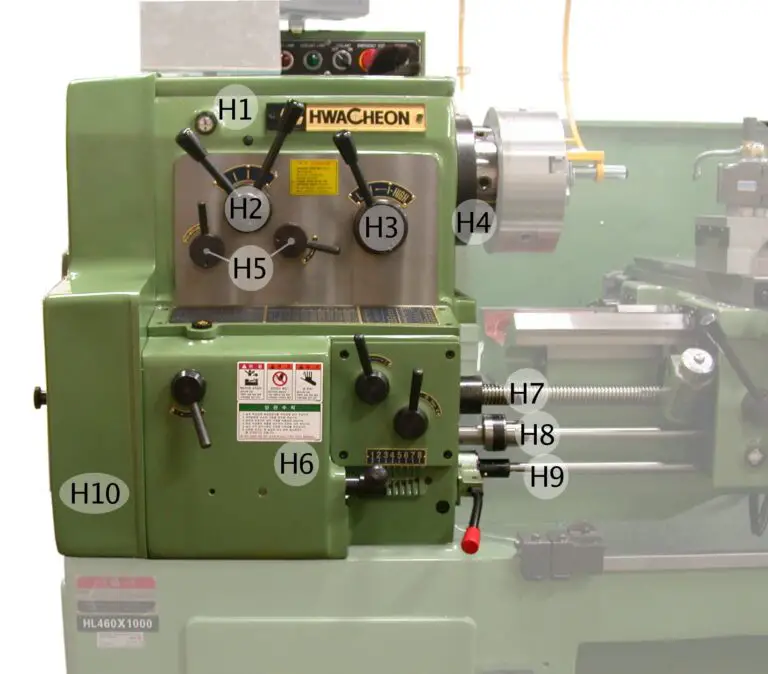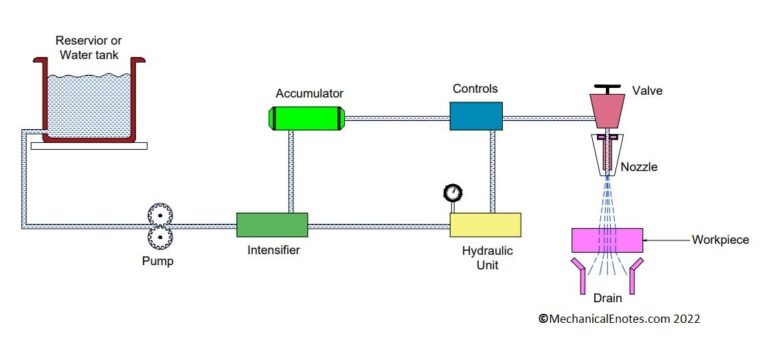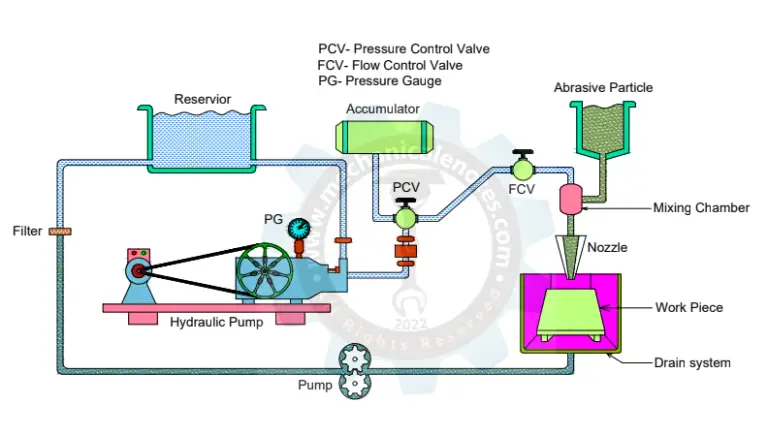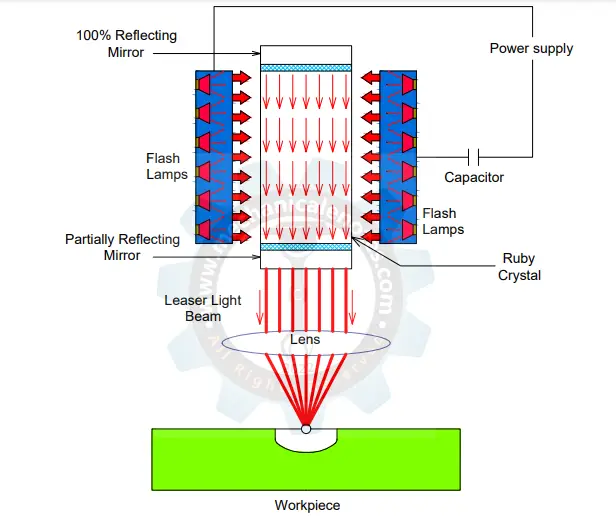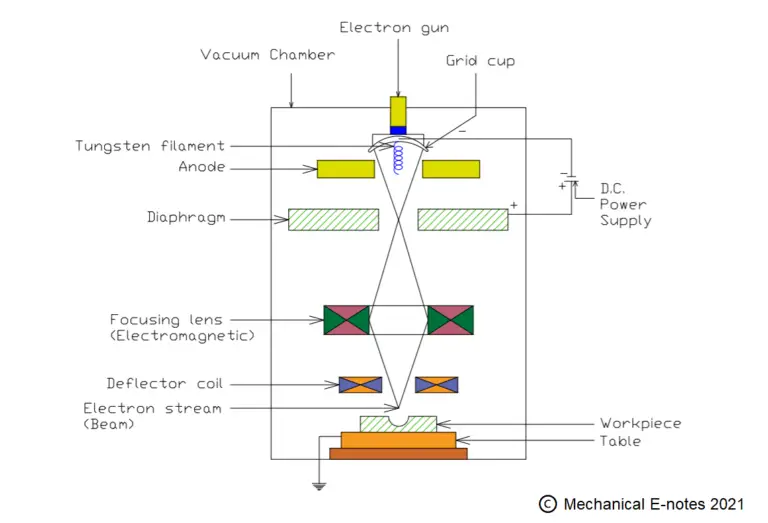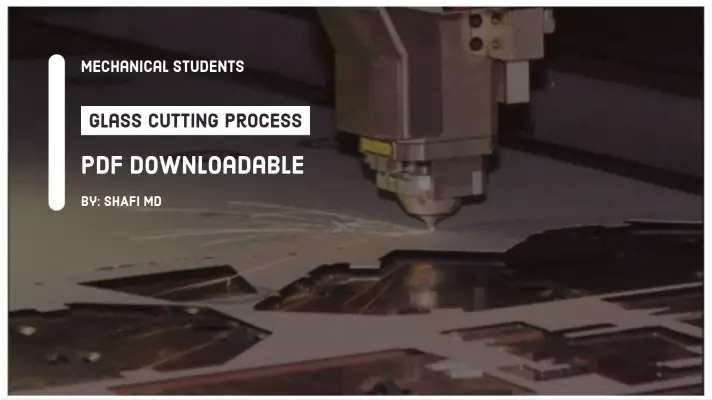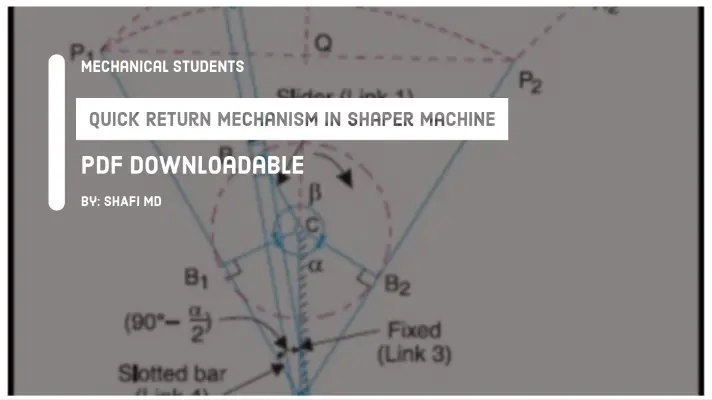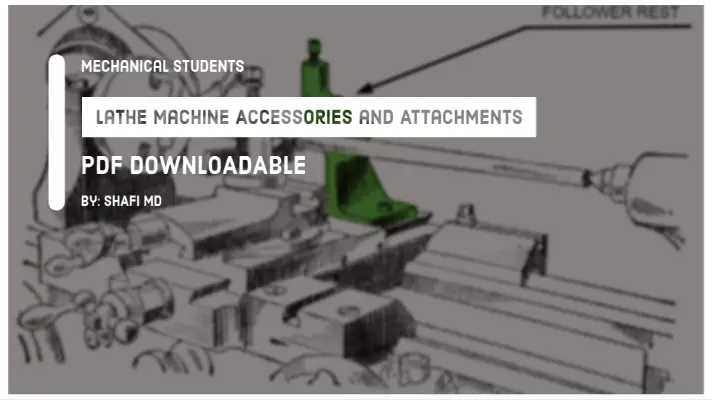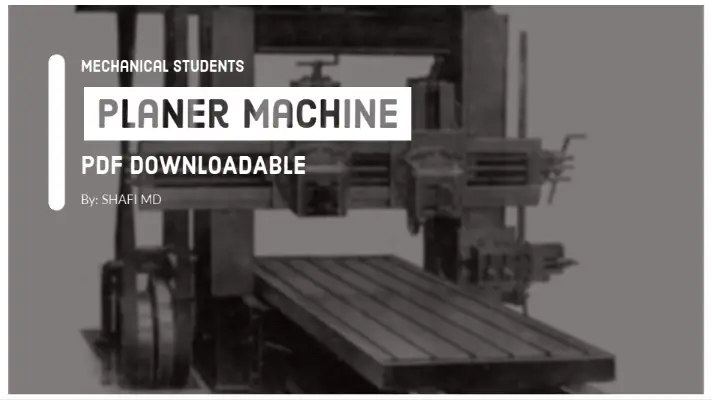Non-Ferrous Metals: Types, Properties, Applications, Advantages [PDF]
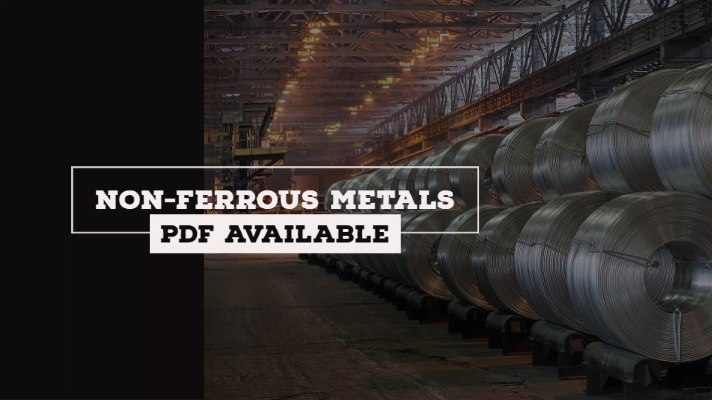
Non-ferrous metals are those which do not contain significant quantity of iron (ferrite) or iron as the base metal.
Non-ferrous metals are used because of its properties such as higher conductivity (e.g. copper), low weight (e.g. aluminium) and resistance to corrosion (e.g. zinc).
Generally these are more costly than the ferrous metals.
Lets dive into the concept of Non-Ferrous Metals...
Non-Ferrous Metals:
The two metals which comes under Non-Ferrous metals are
- Aluminium
- Copper
In this article, I will write all the properties, Applications and Types of Aluminium, Copper in a detailed way.
Aluminium:
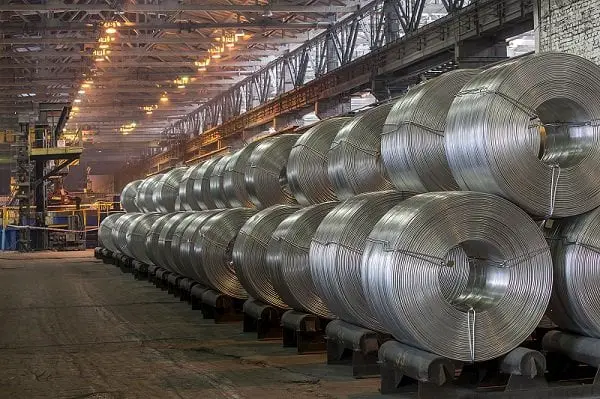
- Aluminium is a lightweight metal with good formability.
- M.P of Al is 658 °C
- The pure metal is soft and weak but when employed with copper,magnesium and silicon or other metals, it becomes harder and stronger and is employed for various engg. applications.
Properties of Aluminium:
It occurs in the form of oxides
It has FCC structure.
High electrical & thermal conductivity.
Aluminum is nonmagnetic and has the property of corrosion Resistance.
Applications of Aluminium:
- It is a good conductor of electricity & cheap so it is used for making electrical wires.
- As it is ductile in nature, it can be used to protect pure metals by Aluminium foil.
- It is used in furniture, railroad, trolley cars,automobile bodies and pistons, electric cables, rivets.
Aluminium Alloys:
Aluminium alloys are alloys in which aluminium (Al) is the most important metal. The typical alloying elements are magnesium, copper, manganese, silicon, tin and zinc.
Some of the important alloys of Aluminium are
- Duralumin (copper, aluminum)
- Commercially pure aluminium
- Y-Alloy
The explanation of Aluminium Alloys is as follows.
#1 Duralumin (copper, aluminum):
Its main alloying element is copper which may be present from 3.5 to 4.5% , 0.8% of magnesium and manganese and each and about 0.5% of silicon and iron each.
Applications:
It is used in the form of bars, tubes, sheets, wires for aircraft, automobile components, rivets and other structures .
#2 Commercially pure aluminium:
- It contains 99% of Al and small amounts of copper, silicon, iron, manganese and zinc.
- It has an excellent resistance against corrosion.
Applications:
For cooking utensils, decorative assemblies, wires, rivets etc.
#3 Y-Alloy:
This contains 3.5 to 4.5% of cu , 1.8% to 2.3% of nickel and 1.2 to 1.8% mg.
It retains its strength to fairly high temp.
Applications:
used for automobile pistons and other aircraft parts.
Copper:
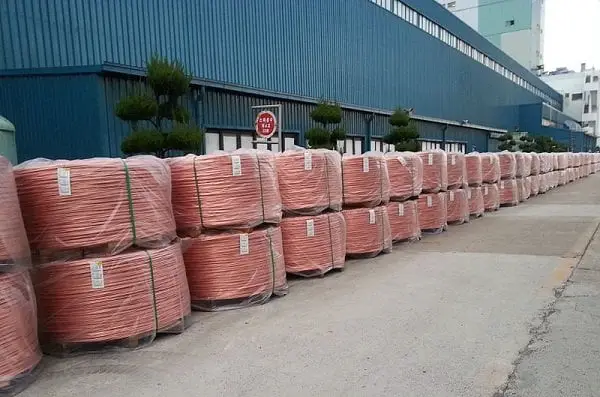
- It has good electrical conductivity
- Corrosion resistance
- It is ductile and having the property of malleability
- Good thermal conductivity
Properties of Copper:
- Copper is directly available in the metallic form in nature
- Copper is a chemical element whose symbol is Cu.
- It can occurs in its ore form as sulphides, hydroxide or oxides.
- Copper is a reddish brown metal
Applications of Copper:
- For making electrical cables.
- Heat exchangers
- For making various copper alloys, such as bronze and brass.
- For household appliances, bearings, etc.
Copper Alloys:
Some of the important alloys of Copper are
- Brass
- Bronze
Explanation of the Alloys of Copper are as follows.
Brass:
- Brass is an alloy of mainly zinc and copper.
- Brass contain zinc as the principal alloying element
- In various brasses, amount of zinc varies from 5 to 40% and that results in increasing strength and hardness.
Types of Brass:
The metals which comes under brass are
- Gliding Metal
- Cartridge Brass
- Admirality Brass
- Muntz Metal
The explanation for the types of Brass is as follows.
#1 Gliding metal:
- It Contains 90% copper & 10% Zn.
- Gliding metal is used for making coins, medals etc.
#2 Cartridge brass:
- It contains 70% Copper and 30% zinc.
- It is used for the deep drawing of cartridge cases and condenser tubes etc.
#3 Admiralty brass:
- It has 70% Copper, 29% Zinc, 1% Tin
- It has high resistance to corrosion in sea water and is used for tubes, plates etc.
#4 Muntz metal:
- It has 60% Copper & 40% Zinc
- It is cheap and popular brass for making sheets and stampings in hot conditions.
Bronze:
- It is basically an alloy of Copper and Tin.
- It possesses superior mechanical properties and corrosion resistance than the brass.
- It can be rolled into wire, rod, and sheets.
Types of Bronze:
The metals which comes under Bronze are
- Phosphor Bronze
- Aluminium Bronze
- Coin Bronze
- Admirality Gun Metal
#1 Phosphor bronze:
These are copper-tin alloys containing small amounts of Phosphorus usually less than or equal to 0.3%.
#2 Aluminium bronze:
- It contains 90% Cu and 10% Al.
- It is heat treatable and used for diecast pump parts, and bearings.
#3 Coin bronze:
- It contains 95% Cu and 5% tin.
- It is ductile and resistance to corrosion and is used for making coins.
#4 Admirality Gun metal:
- It contains 88% Copper, 10% tin and 2% Zinc.
- It is resistant to corrosion and is used for machine applications.
Advantages of Non-Ferrous Metals:
- Easy to fabricate, i.e., machining, casting, welding, forging and rolling.
- High corrosion resistance and low density.
- Possess very good thermal and electrical conductivity.
This is the detailed information about Non-Ferrous Metals. If you have any doubts, you can ask from the comments section.
More Resources:
Electric Arc Furnace Method & Bessemer Converter for Manufacturing of Steel
Different Types of Steels-Stainless steels, Chemical Composition,Applications, Properties etc.
References [External Links]:
- Ferrous Materials and Non-Ferrous Metals and Alloys
- The Difference Between Ferrous and Non-Ferrous Metal
Media Credits:
- Image 1: By uc_rusal_photo_gallery - Flickr, CC BY-SA 2.0, https://commons.wikimedia.org/w/index.php?curid=66249455
- Image 2: By Lsgeeks - Own work, CC BY-SA 3.0, https://commons.wikimedia.org/w/index.php?curid=22588366


